BNP up against ruling class alliance, not just AL
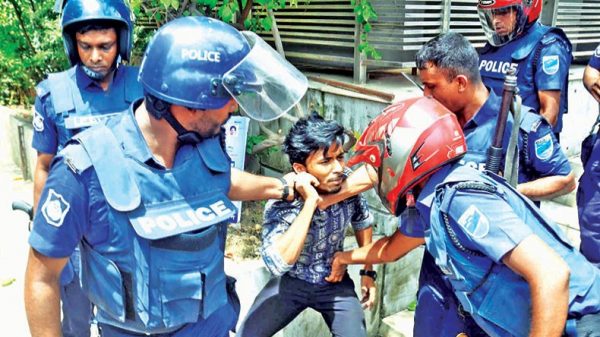
Afsan Chowdhury:
THE last few weeks have seen several violent confrontations between AL and BNP activists and future meets are not expected to be different. After a longish phase since 2014, violence as the traditional language of politics has returned to the main stage.
The Bangladesh Nationalist Party has already lost several of its activists to police firing and stakes are high on both sides. The BNP, an anti-Awami League ruling class platform, will try its best to fire on all barrels and the Awami League will not be embarrassed to return the fire.
While the BNP will rely on its activists, the Awami League’s firepower is the official force. Hence, the police are the party government’s first wall of defence. So, at least at this stage, the conflict has become one between the BNP and the police; and AL activists are the second fiddle.
The BNP has resorted to the usual street-based political violence, meaning sticks and stones, and the police have also not hesitated to fire, lob shells or lathi-charge the opposition activists. So, blood has been spilled and now it is not possible for either party to turn back the clock. One cannot say how the dance of mayhem will eventually turn out yet, but polite conversations time is over.
Nature of political alliances of AL, BNP
THE BNP was born essentially as a coalition of anti-AL forces after 1975. These were sections of ex-pro-Peking left, ex-Muslim League and ex-army. In the post-1975 period, the ex-army people were actively powerful politically and with General Zia in charge of the party that came to power after 1975; this was obviously going to be so.
The ex-pro-Peking Left of different shades had one thing in common which was the dislike of the Awami League and this antagonism went back all the way to the 1957 Kagmari conference when the Awami League split into two and the National Awami Party under Maulana Bhashani was born.
The Muslim League supported Pakistan in 1971 and had been out of political reckoning for several years in Bangladesh. In search for allies against the Awami League, they proved to be ready and willing backers.
The fourth group was small but significant and they were the technocrats and civil society members who were outside the formal political space before 1975. In the post-Mujib regime, they entered the arena. Professor B Chowdhury was its spearhead example.
This was a very strong alliance which stayed in power till Zia was killed in 1980 by his ex-colleagues in Chittagong. Soon, another army person intervened and General Ershad took over, toppling the military-led alliance with civilians-BNP.
Ershad floated the Jatiya Party based on the same alliance model and it had kept him in power till 1990, By then, the military had grown on its own and did not need civilian power that much to prosper. The AL-BNP and Jamaat-e-Islami alliance along with others toppled Ershad. The army significantly refused to intervene.
From 1990 to 2007
OF THE three regimes after 1991 — the BNP-led two and AL one — by 2001, the cracks began to show in the purely civilian rule trend. The 2001 victory was a brilliant display of electoral maths by the BNP and the Awami League never expected this and was toppled. But the shenanigans around the key neutral caretaker government issue by the BNP in 2007 brought a street showdown called by the Awami League and it was effective. It shut down the government functioning and ended with a military takeover.
This takeover was ill planned and short-sighted because the era of military rule was no longer functional in Bangladesh. The alliance took a different turn from the earlier civil-military exclusive alliance The disastrous attempt to set up Ferdous Qureshi as the new leader was bad but promoting Professor Yunous was worse. None emerged as a leader but the regime looked utterly conspiratorial. Attempts to discredit politicians failed just as its ‘minus 2’ formula to terminate Khaleda-Hasina politics. In the end, the shortest army rule in Bangladesh ended with the most powerful institution looking embarrassed and out of sorts. It has never returned after that and focused on building its own strength and is the most powerful institution in the country.
2008–now
THE election of 2008 saw two trends. The rise of extreme hostility between the BNP and the Awami League and the rise of multi-sectoral alliance building across all ruling class segments and not just the army. Historically, in Bangladesh, it is only the army which is political as the BNP and the Jatiya Party’s record shows.
But the Awami League included the civil bureaucrats and the business class as part of the new alliance. It reduced vulnerability to regime change and also expanded the power base. The result was the elections of 2014 and 2018 where the ruling parties had the entire civil administration and law enforcers as allies.
That is why the BNP movement is not just against the Awami League but the current ruling class. In fact, politicians make up the least powerful of the segments and as 2018 showed, amlas are often activists. So it is a different model than before. The BNP’s threat to try deputy commissioners and the police for electoral actions may actually make them close ranks and fight back. Hence, the law enforcers are not just following orders but preserving their self and future as well.
This alliance strategy is the source of the AL power and, after 14 years, is quite solid. That task before the BNP is, therefore, bigger than that of any opposition party since Bangladesh began. The outcome is unclear still and only if the movement continues, some shape can be seen.
Afsan Chowdhury is a researcher and journalist.


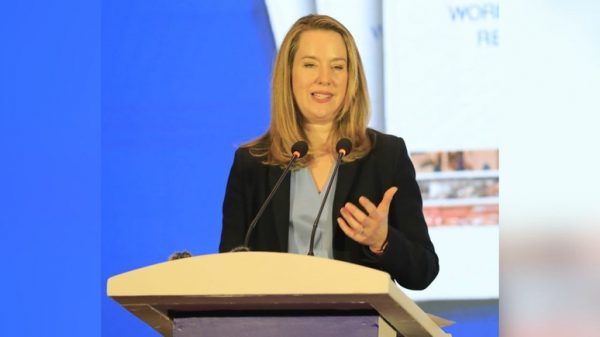
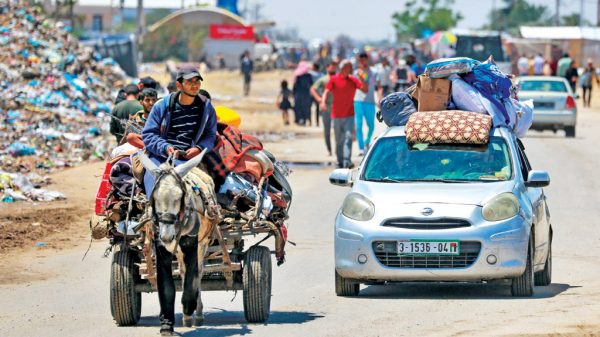


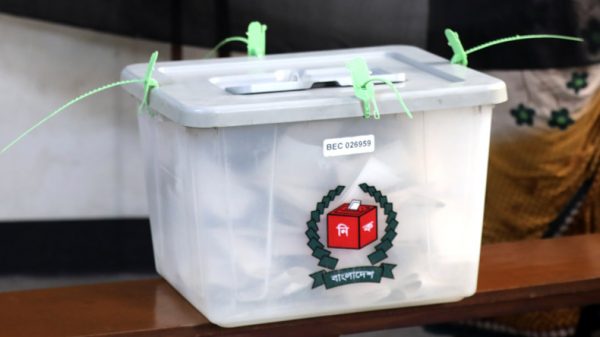
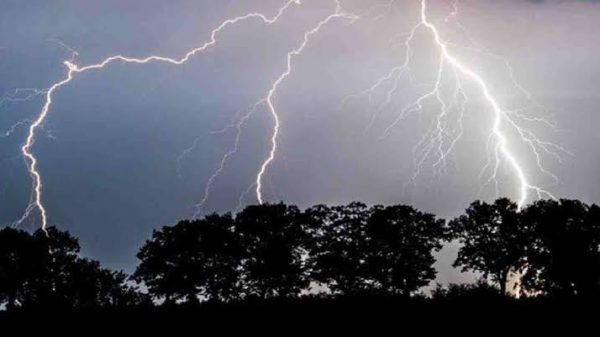

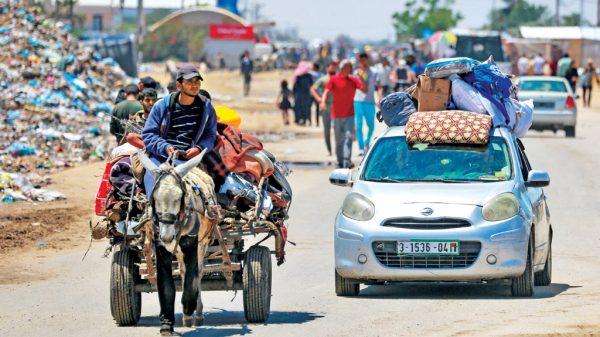
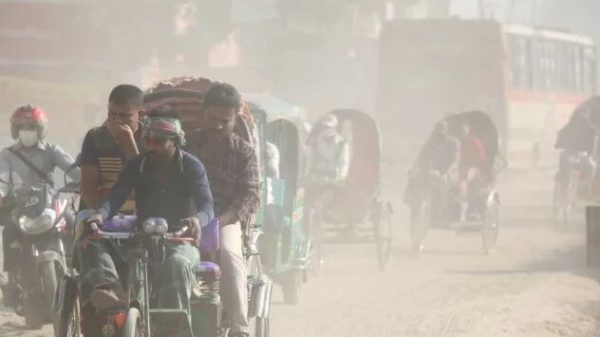












Leave a Reply